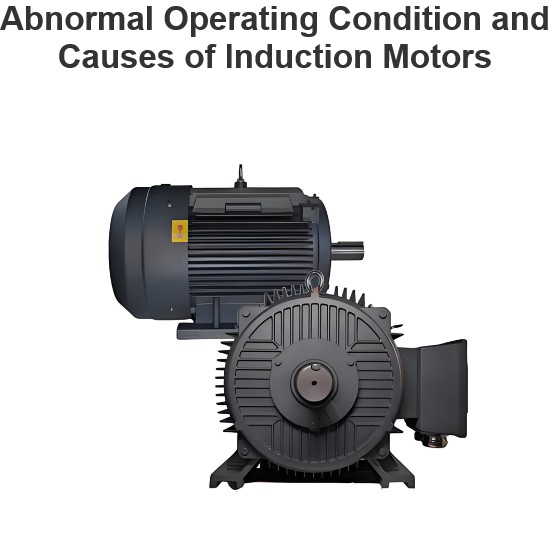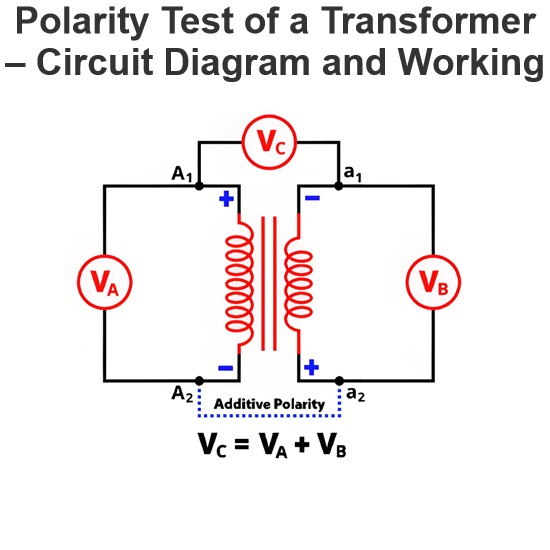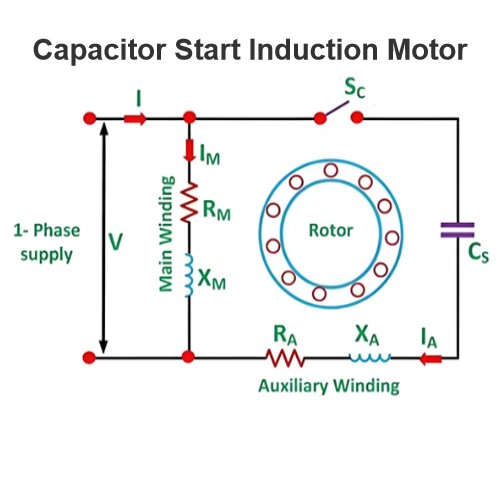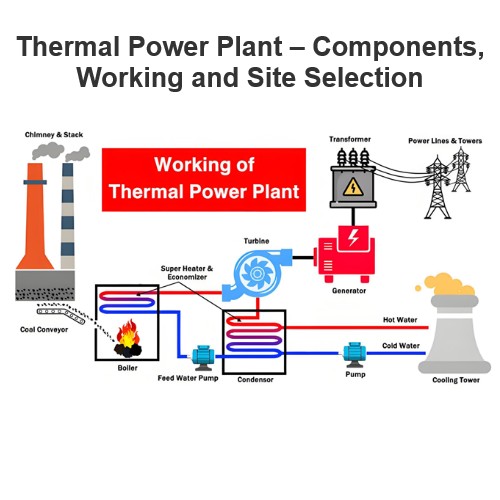How does decreasing the excitation of a synchronous motor affect its current draw?
Effects of Reducing Excitation on Current Consumption in Synchronous Motors
Reducing the excitation of a synchronous motor has significant effects on its current consumption, primarily impacting several key aspects:
1. Changes in Armature Current
The armature current (i.e., stator current) of a synchronous motor consists of two components: active current and reactive current. Together, these determine the total armature current.
Active Current: Related to the mechanical power output of the motor, typically determined by the load.
Reactive Current: Used to establish the magnetic field, closely related to the excitation current.
When the excitation current is reduced, the strength of the motor's magnetic field weakens, leading to the following changes:
Increase in Reactive Current: To maintain the same power factor, the motor needs to draw more reactive current from the grid to compensate for the weaker magnetic field. This results in an increase in the total armature current.
Current Imbalance: If the excitation is too low, the motor may enter an underexcited state where it not only draws active power but also requires a large amount of reactive power from the grid. This can lead to current imbalance, voltage fluctuations, or instability.
2. Changes in Power Factor
The power factor of a synchronous motor is a crucial indicator of its efficiency. The power factor can be categorized into two states:
Leading Power Factor (Overexcited State): When the excitation current is high, the motor generates excess magnetic flux, causing it to supply reactive power back to the grid, resulting in a leading power factor.
Lagging Power Factor (Underexcited State): When the excitation current is reduced, the motor cannot generate sufficient magnetic flux and must draw reactive power from the grid, resulting in a lagging power factor.
Therefore, reducing the excitation current worsens the motor's power factor (making it more lagging), leading to higher reactive current demand and increased total current consumption.
3. Changes in Electromagnetic Torque
The electromagnetic torque of a synchronous motor is related to both the excitation current and the armature current. Specifically, electromagnetic torque
T can be expressed as:

where:
T is the electromagnetic torque,k is a constant,ϕ is the magnetic flux in the air gap (proportional to the excitation current),Ia is the armature current.
When the excitation current is reduced, the air gap magnetic flux ϕ decreases, leading to a reduction in electromagnetic torque. To maintain the same load torque, the motor must increase the armature current to compensate for this loss. Therefore, reducing the excitation current leads to an increase in the armature current, thereby increasing the overall current consumption.
4. Stability Issues
If the excitation current is reduced too much, the motor may enter an underexcited state, potentially leading to a loss of synchronism. In this condition, the motor cannot maintain synchronization with the grid, which can cause severe electrical and mechanical failures. Additionally, the stability and dynamic response of the motor will deteriorate in an underexcited state.
5. Impact on Voltage Regulation
Synchronous motors can regulate grid voltage by adjusting the excitation current. If the excitation current is reduced, the motor's ability to support grid voltage also diminishes, potentially leading to a drop in grid voltage, especially under heavy load conditions.
Summary
Reducing the excitation current of a synchronous motor affects its current consumption in the following primary ways:
Increase in Armature Current: Due to the need to draw more reactive current from the grid to compensate for the weakened magnetic field, the total armature current increases.
Deterioration in Power Factor: Reducing the excitation current worsens the power factor (making it more lagging), further increasing the demand for reactive current.
Reduction in Electromagnetic Torque: To maintain the same load torque, the motor must increase the armature current, leading to increased current consumption.
Decrease in Stability and Voltage Regulation Capability: Insufficient excitation can lead to loss of synchronism or voltage instability.
Therefore, in practical applications, it is important to adjust the excitation current appropriately based on load requirements to ensure efficient and stable motor operation.
The Electricity Encyclopedia is dedicated to accelerating the dissemination and application of electricity knowledge and adding impetus to the development and innovation of the electricity industry.













